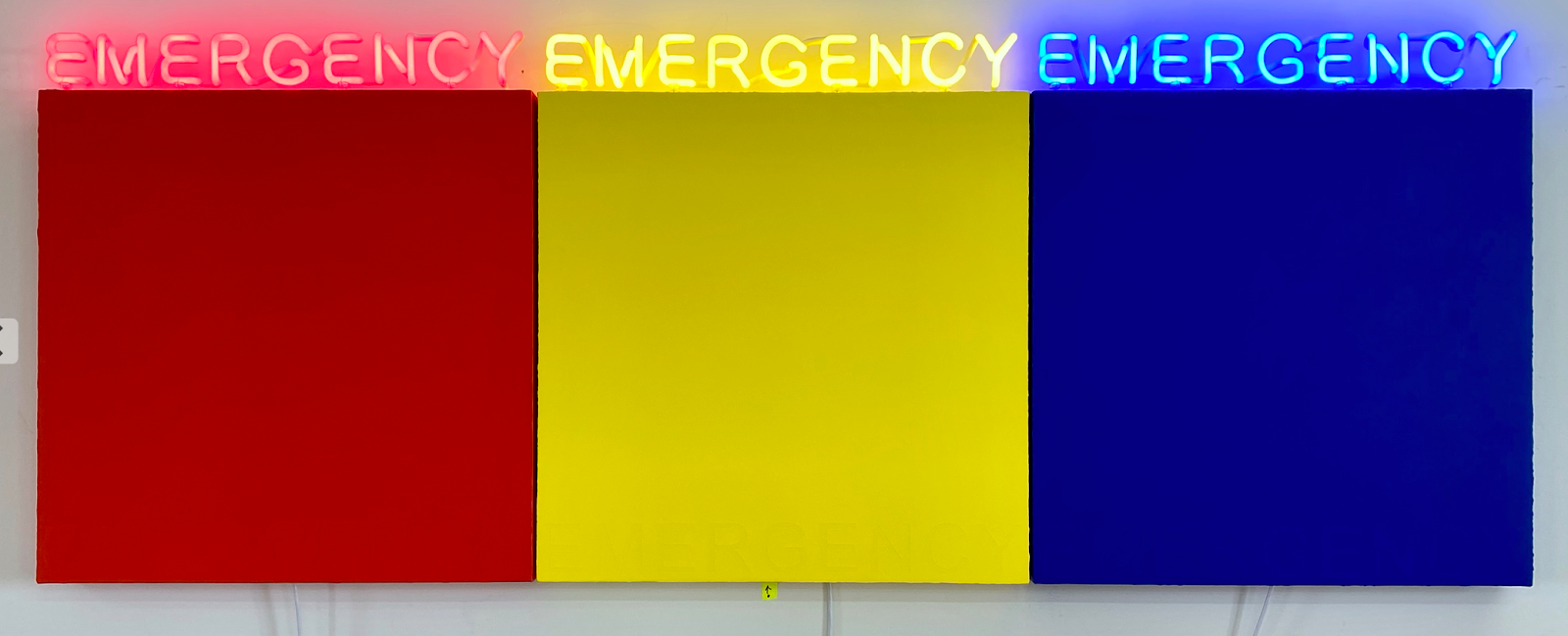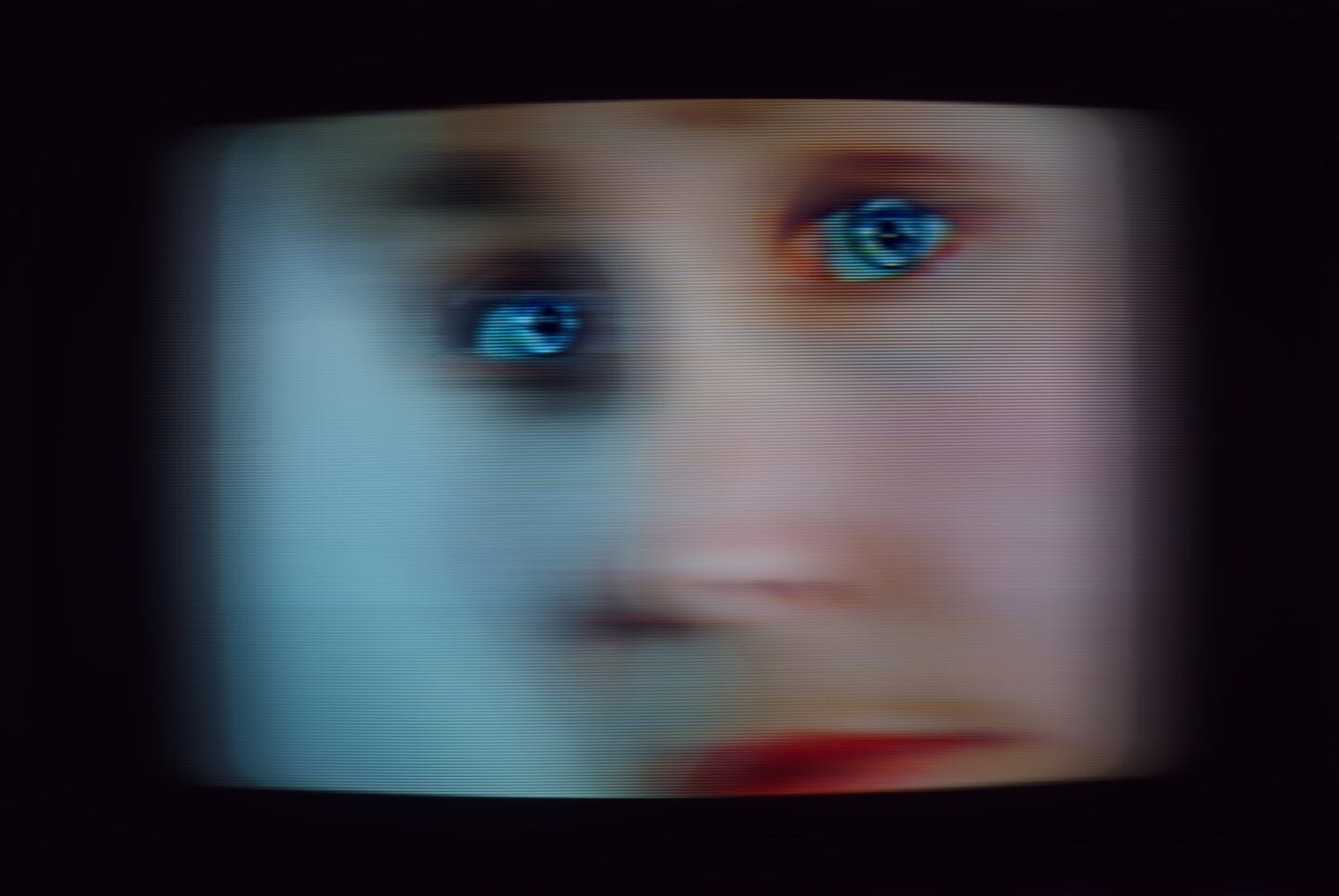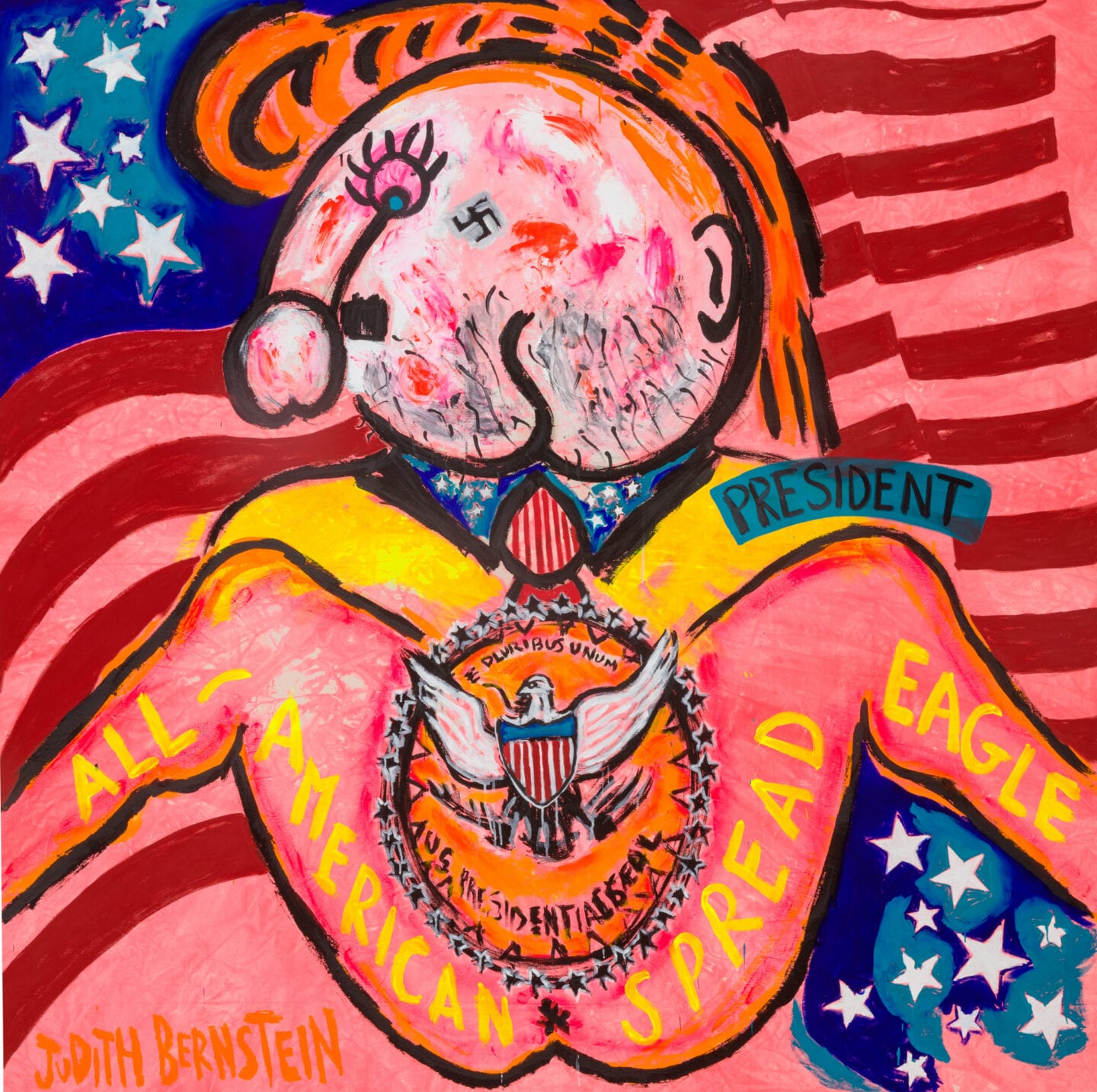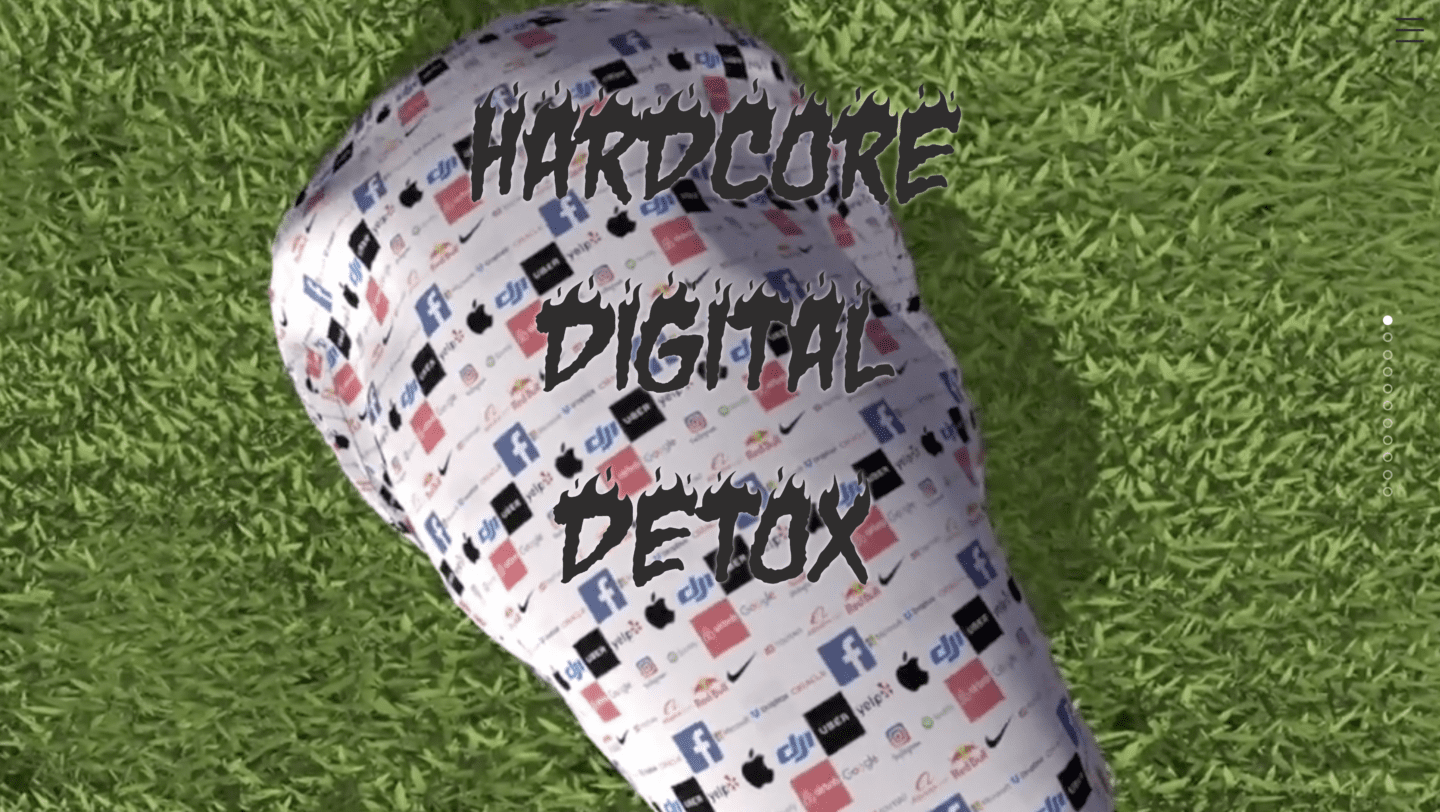How Can We Think of Art at a Time Like This?

In response to the coronavirus and global art crisis, Barbara Pollack and Anne Verhallen curate an online exhibition meant to serve as a platform for the exchange of ideas and open a dialogue at a time of social distancing, self-quarantine, and global turmoil.
As galleries and museums across the world have been shut down due to COVID-19, curators Barbara Pollack and Anne Verhallen created a group show in response entitled How Can We Think of Art at a Time Like This? With themes of futuristic pessimism, political outrage, or psychic meltdowns, the exhibition includes leading female artists such as Deborah Kass, Lynn Hershman Leeson, Judith Bernstein, Janet Biggs, Jenny Polak, Kathe Burkhart, and Miao Ying.
“We all are having a hard time thinking what is the next thing to do during a pandemic,” Pollack says. “Art Basel has launched viewing rooms, but commercial transactions will probably not be happening now, nor is it the way people need art at this moment. We need a safe place, a platform to dialogue.”
With the rising death toll and the clang-clang of media engulfing our minds, many industry leaders are trying to find ways to navigate through this new climate. Pollack and Verhallen believe art and artists have always been leaders in times of societal trauma such as during the AIDS crisis, in the weeks after 9/11, at the shock of Hurricane Sandy, and signs of global warming altering environments around the world. They invite viewers to reflect on global and current events and the trivialities of art in a time of crisis.
“I am a firm believer that unfortunate events lead to very positive changes,” Verhallen says. “Now is a time to think, create and define what is important in our society.”
Pollack, who specializes in Chinese contemporary art, felt the impact of coronavirus as early as January, when all her projects in China were cancelled. “I really felt the pain of cancellations and I felt guilty because my problems were actually so minor,” the curator says. “I asked myself, how can I think about art at a time like this?”
Below are some of the works Pollack and Verhallen had curated from leading female artists in the exhibition, along with their commentary on why each piece is integral to the themes of crisis.
Lynn Hershman Leeson, still from Seduction of a Cyborg, 1996

“We saw her show at the Shed and thought it was fantastic. Her work is conceived over periods of time and it gives it historical elements. Though they are quite hypnotizing, they also investigate issues that others weren’t thinking about at the time, like living on screens as we are doing now. She really tackles the internet and privacy issues. It was important to have a historic figure like her at our launch.”
Judith Bernstein, President, 2017

“Judith is a pioneering feminist artist who does not hold back in anyway. For years, she’s been a role model of free expression at all costs, working a long time before being discovered. We wanted her out right outcry. That’s the way many have been feeling for a long time, and her work can be cathartic. She makes us all scream.”
Janet Biggs, Crew 181, First EVA, Sol 2, 2017

“We looked for artists who already critiquing the future, like Janet Biggs, whose been on several missions to Mars Simulation sites, working beside astronauts. Mars Simulation is all about preparing to leave this planet when climate change makes life impossible on Earth. To Biggs, this will be just another refugee problem. We think that’s an amazing prescient insight.”
Miao Ying, Hardcore Digital Detox, 2019

“Miao Ying created the program, Hardcore Digital Detox, as an antidote to internet addiction. We all suffer from this, especially now with social distancing. Her suggestion? Get a VPN and set it to China and then try operating without Google, Facebook or Instagram. The humor is great but also her own deep understanding of how the internet functions and trains us to behave in certain ways.”
Kathe Burkhart, Junkie: from the Liz Taylor Series (X, Y and Zee), 2009

“We had to include Kathe Burkhart who has been working on her Elizabeth Taylor series since the beginning of the AIDS crisis. She sees Taylor as a star, a multi-marry-er, and a major advocate for AIDS research. In this painting, she is carrying a biohazard sign, which we forget was everywhere when AIDS first appeared in the US. It was another time when people were afraid to touch each other and were told that intimacy could cause death.”
See more works at “Art At a Time Like This.” Featured Image: Deborah Kass, Emergency, 2019.


